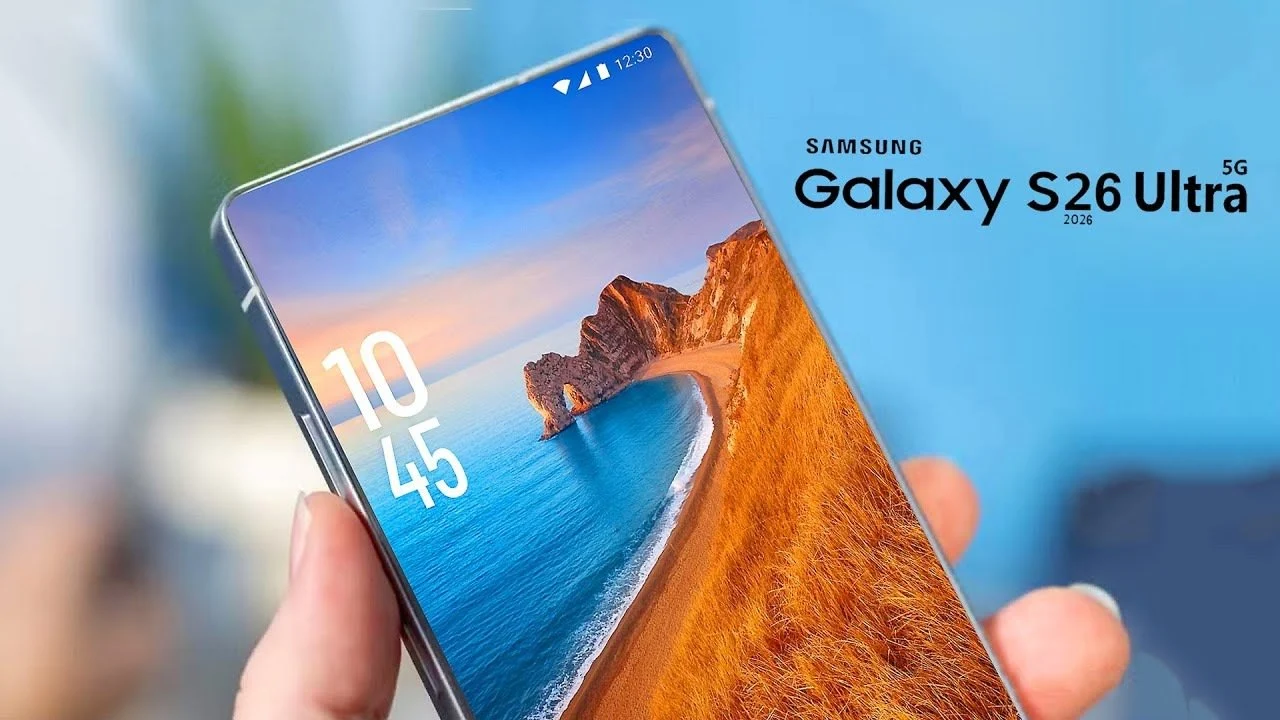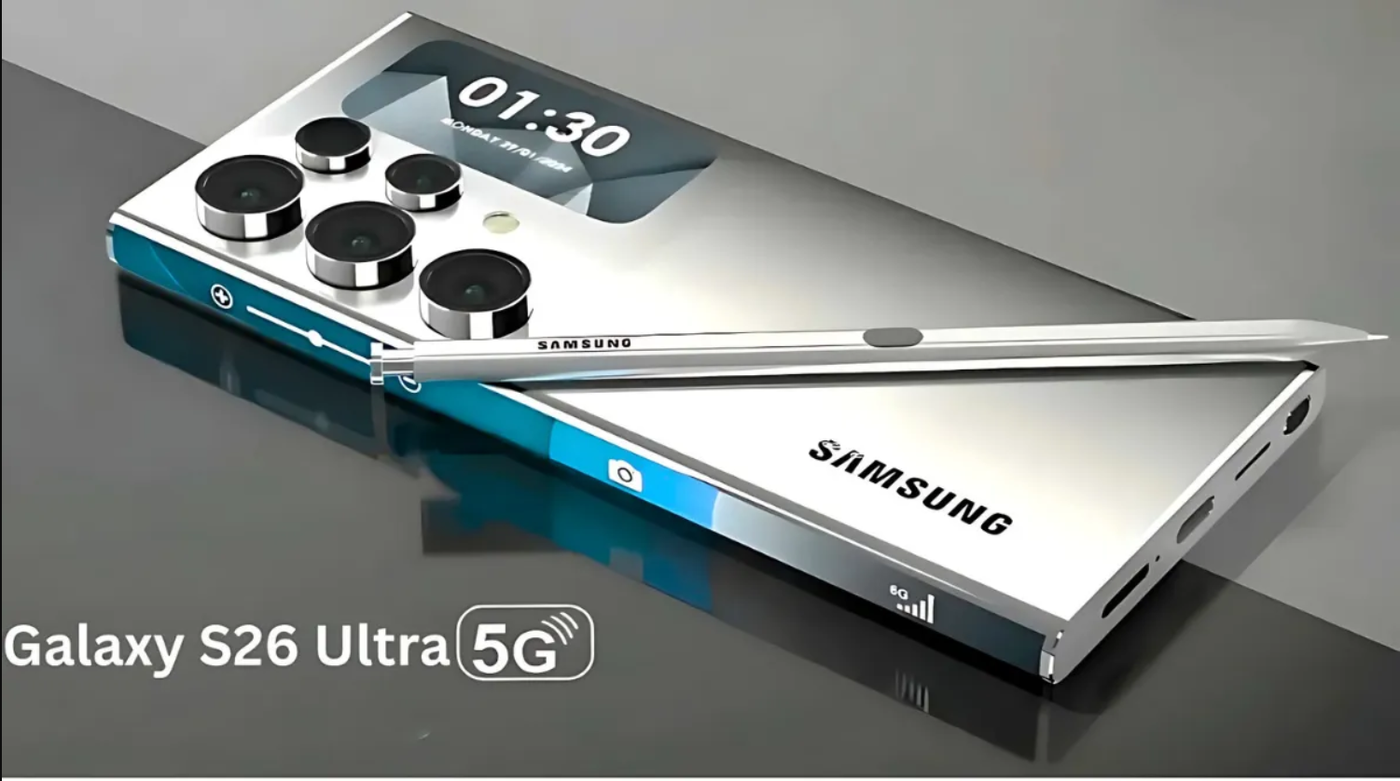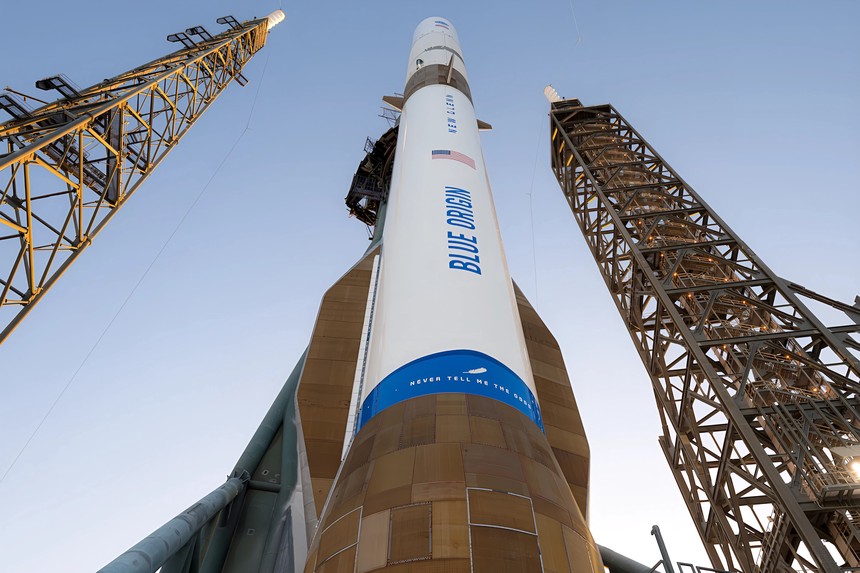Samsung is once again preparing to raise the bar in smartphone photography with its upcoming Galaxy S26 Ultra, which is expected to launch early next year. But this time, the brand may be taking a surprising turn by switching away from its own ISOCELL camera sensor technology. According to a fresh leak, the Galaxy S26 Ultra will reportedly feature a 200 megapixel Sony CMOS sensor instead of Samsung’s in house ISOCELL HP2. If confirmed, this change would mark a major departure from the company’s long standing imaging strategy and could significantly alter the camera experience on the next Ultra flagship.

Tipster Fixed Focus Digital posted on Weibo that the new flagship will house a 1 over 1.1 inch Sony CMOS sensor as the main shooter. This would be larger than the 1 over 1.3 inch ISOCELL sensor found in the Galaxy S25 Ultra, suggesting improvements in low light performance, dynamic range, and overall image clarity. A larger sensor typically means more light capture, resulting in sharper and more detailed photos, especially in difficult lighting conditions. This development has sparked discussions across tech communities as Samsung has historically stuck to its own camera tech for its top tier smartphones.
The inclusion of a Sony sensor could signal a new direction in Samsung’s camera ambitions, focusing more on quality over branding. While ISOCELL sensors have consistently delivered strong results, Sony has been a leader in mobile camera sensors for years and is widely used in many flagship Android devices. The move to adopt a Sony sensor may also reflect Samsung’s desire to gain an edge in camera comparisons against competitors like Apple and Google.
Beyond the camera, the Galaxy S26 Ultra is rumored to come packed with cutting edge hardware. It is tipped to run on the upcoming Snapdragon 8 Elite Gen 2 chipset, which is expected to be unveiled later this year. The new chipset could provide better performance, more efficient power management, and AI improvements across the system. The S26 Ultra is also said to feature 16GB of RAM, continuing Samsung’s trend of offering some of the most powerful Android phones in terms of raw specifications.

The device may also carry a 6.9 inch display with possibly thinner bezels than its predecessor, while retaining the premium build quality and IP68 rating for water and dust resistance. Reports also suggest a 50 megapixel ultra wide camera, a 12 megapixel telephoto sensor with 3x zoom, and a 50 megapixel periscope lens offering 5x optical zoom will be part of the rear camera setup. Samsung is expected to push its ProVisual Engine to the next level as part of the imaging improvements.
Samsung is yet to confirm these details officially, but the leaks paint a picture of a device that is not just another incremental update. With the potential camera sensor switch, the Galaxy S26 Ultra may deliver the most significant leap in photography for the series in recent years. While pricing and other design elements remain under wraps, the early buzz already points to a flagship that could shake up the market in more ways than one.
For more updates on the Samsung Galaxy S26 Ultra and other upcoming flagships, follow Tech Moves on Instagram and Facebook.














